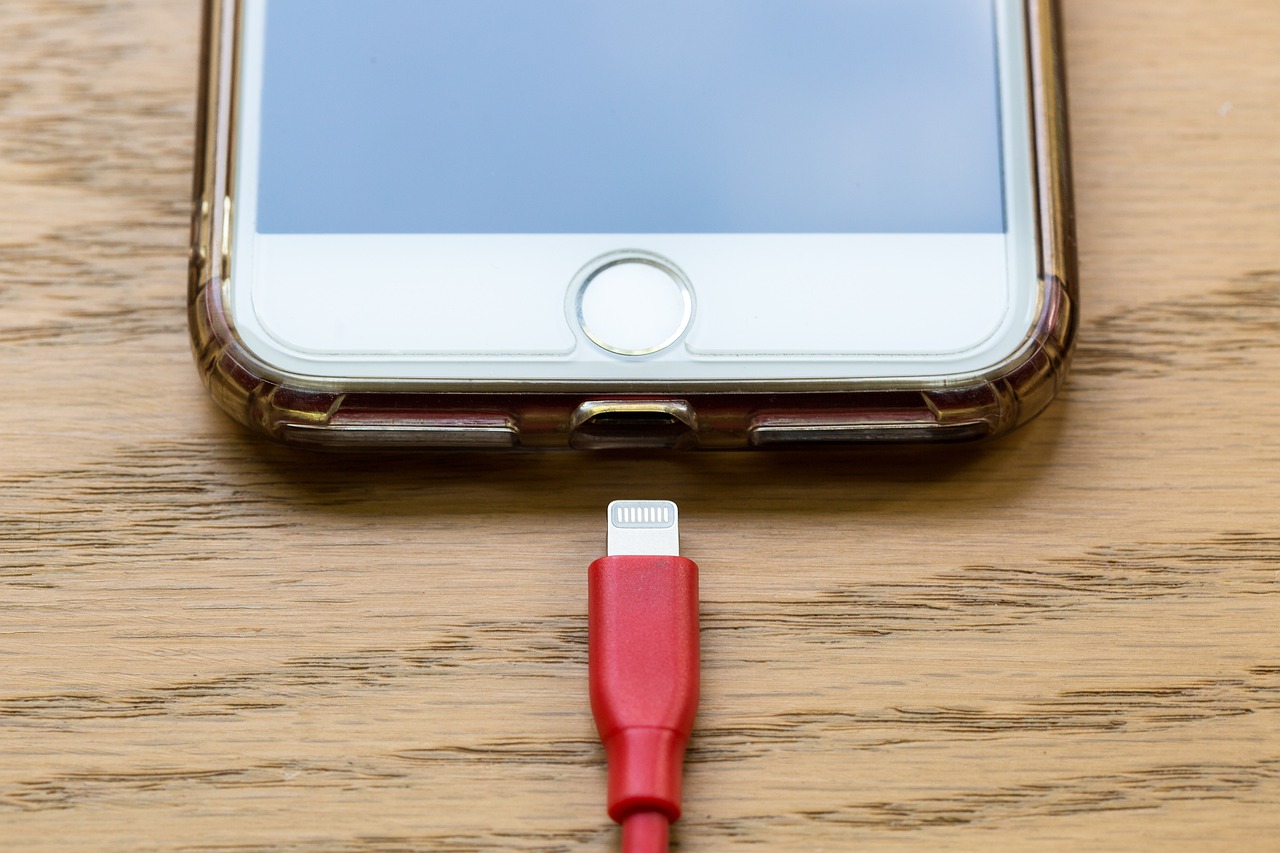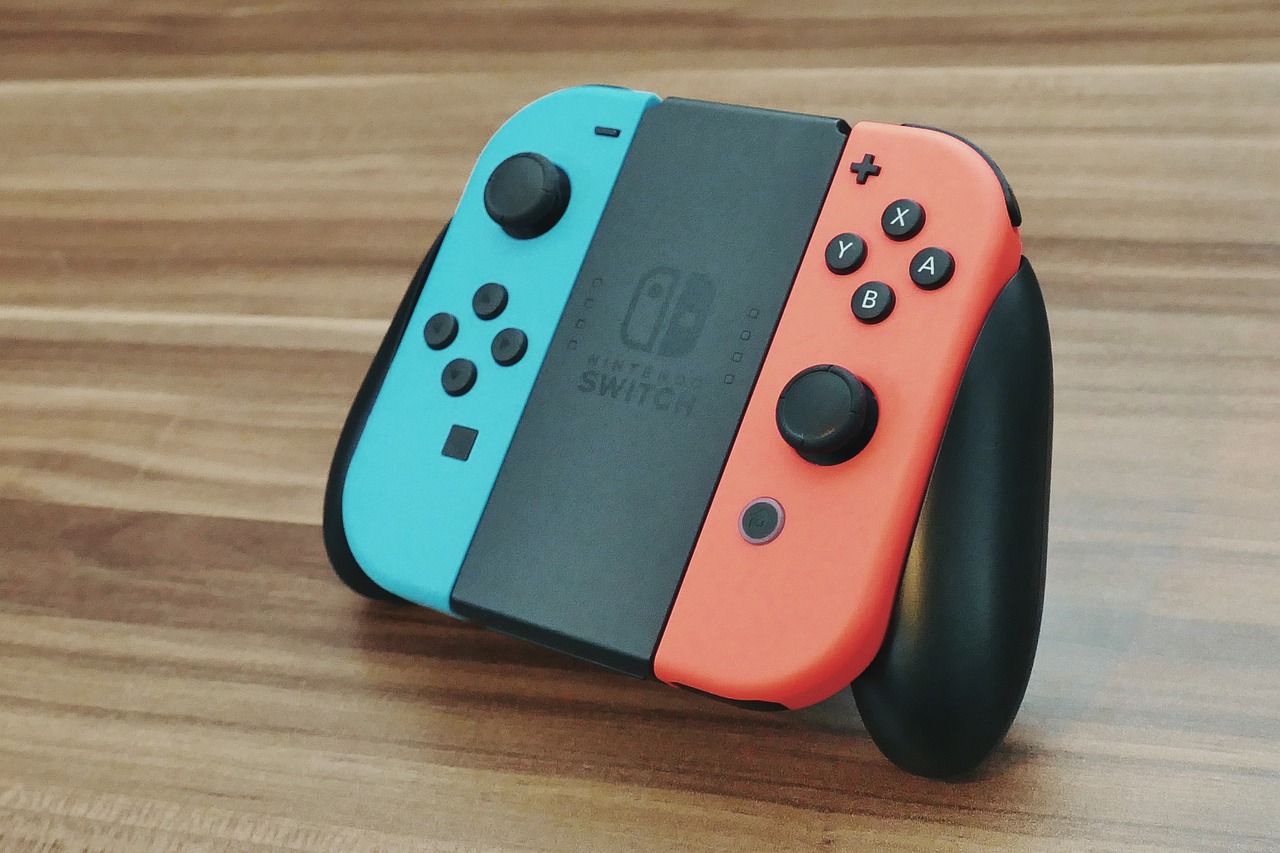PLC可编程控制器与触摸屏的连接指南
This guide provides information on connecting a PLC programmable controller to a touchscreen display. The PLC, which is the brain of the industrial automation system, controls the operations of various machines and processes. The touchscreen display, on the other hand, allows for user-friendly interface and monitoring of the system.Firstly, it is important to identify the communication protocol of the PLC and touchscreen display. Common protocols include RS232, RS485, and Ethernet. Ensure that the two devices support the same protocol for successful communication.Secondly, establish the physical connection between the PLC and touchscreen display. This typically involves connecting cables or wires between the two devices. Ensure that the connections are secure and reliable to avoid any communication errors.Once the connection is established, test it to ensure that the touchscreen display can communicate with the PLC and vice versa. This may involve sending test signals or messages between the two devices to verify their communication capabilities.Finally, it is important to note that different PLC and touchscreen display models may have different connection instructions or requirements. Therefore, it is always advisable to refer to the user manuals or technical specifications of the two devices for detailed connection guidance.
In this guide, we will explore how to connect a PLC (Programmable Logic Controller) with a touchscreen display. PLCs and touchscreens are commonly found in industrial automation systems, where they enable operators to interact with and control the system in a user-friendly manner. We will assume that you have a basic understanding of PLCs and touchscreens, but if not, it is recommended to read up on these topics before proceeding.
Step 1: Understanding the Hardware Connection
The first step in connecting a PLC with a touchscreen is to understand the hardware components involved. Typically, a PLC will have several ports, including serial ports, Ethernet ports, and USB ports, which can be used to connect to a touchscreen. The specific port to use will depend on the touchscreen model and the requirements of the application.

Serial ports are often used for simple touchscreens that require basic communication with the PLC. These ports are easy to set up and provide a reliable way to transfer data between the two devices. However, they may not offer the same level of performance or flexibility as other connection methods.
If your touchscreen requires more advanced features, such as graphical user interfaces (GUI) or multi-touch capabilities, then an Ethernet or USB connection may be necessary. These connections provide a high-speed data transfer rate and enable you to take advantage of the touchscreen’s full feature set.
Step 2: Configuring the PLC for Touchscreen Connection
Once you have determined the hardware connection, you need to configure the PLC to work with the touchscreen. This configuration process may vary depending on the specific PLC model and programming language you are using. However, typically, you will need to set up some type of communication protocol between the two devices.

Common protocols include Modbus TCP/IP, Profinet, or EtherNet/IP. These protocols enable the PLC and touchscreen to communicate with each other efficiently and reliably. Once you have selected a protocol, you will need to configure the PLC’s network settings to match those of the touchscreen.
Step 3: Programming the Touchscreen for PLC Interaction
The final step is to program the touchscreen to interact with the PLC. This process involves creating a GUI that allows operators to input data, control system functions, or monitor system status using touch gestures on the screen. The programming language and framework you use to create this GUI will depend on the touchscreen model and your specific application requirements.
Some popular programming languages for touchscreens include JavaScript, HTML5, and CSS3. These languages provide a powerful way to create interactive and user-friendly GUIs for industrial automation systems. Once you have finished programming the touchscreen, you will need to test it thoroughly to ensure that it interacts with the PLC as expected.

Conclusion
Connecting a PLC with a touchscreen display can provide significant benefits in industrial automation systems. It allows operators to interact with and control the system in a user-friendly manner, reducing operator errors and increasing system efficiency. However, it is important to carefully plan and implement these connections to ensure that they are reliable and efficient. By following the steps outlined in this guide, you can successfully connect a PLC with a touchscreen display in your industrial automation system.
Articles related to the knowledge points of this article:
PLC and Motion Controllers: Key Components for Automation Systems
PLC and Motion Controllers in Guangdong: A Look into the Future of Automation